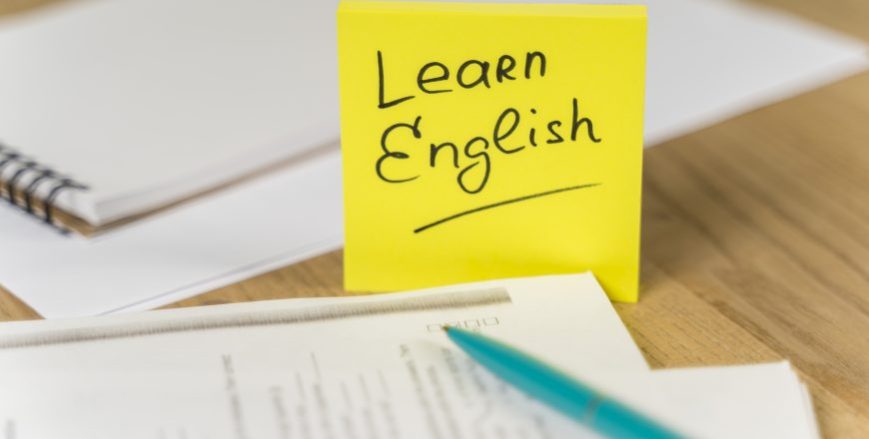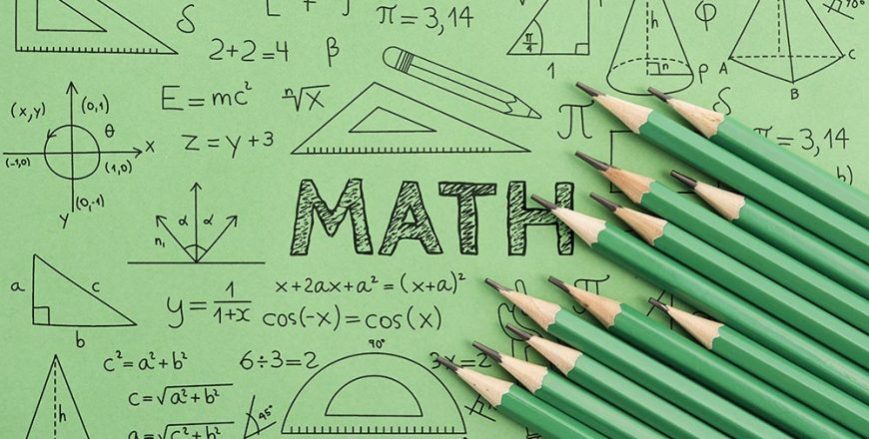ACCOUNTANCY GRADE 11

- Introduction to Accounting
- Theory Base of Accounting
- Recording of Transaction – I
- Trial Balance and Rectification of Errors
- Financial Statements – I
- Financial Statements – II
- Bank Reconciliation Statement
- Depreciation, Provisions and Reserves
- Bills of Exchange
- Accounts From Incomplete Records
- Recording of Transaction – II
Introduction to Accounting
1
Introduction
3
Users of Accounting Information – Part 2; Importamce of Accounting
5
Basic Terms of Accounting
Theory Base of Accounting
1
Introduction
2
Basic Accounting Concept – Part 1
3
Basic Accounting Concept – Part 2
4
Basic Accounting Concept – Part 3
5
Basic Accounting Concept – Part 5; System of Accounting
Recording of Transaction - I
1
Introduction
2
Types of Accounts; Debit and Credit – Part 1
3
Debit and Credit – Part 2
4
Journal Entries ; Exercises – Part 1
5
Exercises – Part 2
6
Exercises – Part 3
7
Exercises – Part 4
8
Exercises – Part 5
9
Exercises – Part 6
10
Exercises – Part 7
11
Exercises – Part 8
12
Exercises – Part 9
13
Ledger; Ledger Format; Exercises – Part 10
14
Exercises – Part 11
15
Exercises – Part 12
Trial Balance and Rectification of Errors
1
Introduction
2
Steps of Trial Balance ; Objectives of Trial Balance – Part 1
3
Objectives of Trial Balance – Part 2
4
Terminologies
5
Methods and Significance of Trial Balance
6
Exercise – Part 1
7
Exercise – Part 2
8
Exercise – Part 3
9
Exercise – Part 4
10
Exercise – Part 5
11
Exercise – Part 6
12
Trial Balance
13
Types of Error – Part 1
14
Types of Error – Part 2
15
Types of Error – Part 3; Rectification of Errors
16
Searching of Errors
17
Exercise – Part 7
18
Exercise – Part 8
19
Exercise – Part 9
20
Exercise – Part 10
Financial Statements - I
1
Introduction
2
Expenditure
3
Trading and Profit or Loss Account
4
Exercise – Part 1
5
Exercise – Part 2
6
Gross Profit and Net Profit ; Trading Account ; Exercise – Part 3
7
Exercise – Part 4
8
Exercise – Part 5
9
Exercise – Part 6
10
Exercise – Part 7
11
Exercise – Part 8
12
Exercise – Part 9
13
Exercise – Part 10
Financial Statements - II
1
Introduction
2
Exercise – Part 1
3
Exercise – Part 2
4
Exercise – Part 3
5
Exercise – Part 4
6
Exercise – Part 5
7
Exercise – Part 6
8
Exercise – Part 7
9
Exercise – Part 8
Bank Reconciliation Statement
1
Introduction
2
Differences; Preparation of Bank Reconciliation Statement
3
Exercise – Part 1
4
Exercise – Part 2
5
Exercise – Part 3
6
Exercise – Part 4
7
Exercise – Part 5
8
Exercise – Part 6
9
Exercise – Part 7
Depreciation
Provisions and Reserves
1
Introduction
2
Factors Affecting the Amount of Depreciation; Methods- Straight Line Method
3
Advantages and Disadvantages ;Exercise 1
4
Exercise – Part 1
5
Exercise – Part 2
6
Exercise – Part 3
7
Exercise – Part 4
8
Exercise – Part 5
9
Provisions ; Difference Between Provisions and Reserves
Bills of Exchange
1
Theory
Accounts From Incomplete Records
1
Introduction
2
Features and Limitations of Incomplete Records
3
Preparations of Statement of Affairs ; Exercise – Part 1
4
Preparations of Statement of Affairs ; Exercise – Part 2
Recording of Transaction - II
1
Exercise – Part 1
2
Exercise – Part 2
3
Analytical Petty Cash Book
4
Single Column Cash Book
5
Exercise – Part 3
6
Exercise – Part 4
7
Double Column Cash Book;Contra Entry
8
Exercise – Part 6
9
Format of Petty Cash Book
10
Exercise – Part 7
11
Exercise – Part 8
12
Purchase Book ;Exercise – Part 9
13
Exercise – Part 10
14
Exercise – Part 11
15
Exercise – Part 12
16
Exercise – Part 13
17
Exercise – Part 14
18
Exercise – Part 15
19
Exercise – Part 16
20
Exercise – Part 17
21
Exercise – Part 18
22
Exercise – Part 19
23
Journal Proper; Cash Book
Be the first to add a review.
Please, login to leave a review






